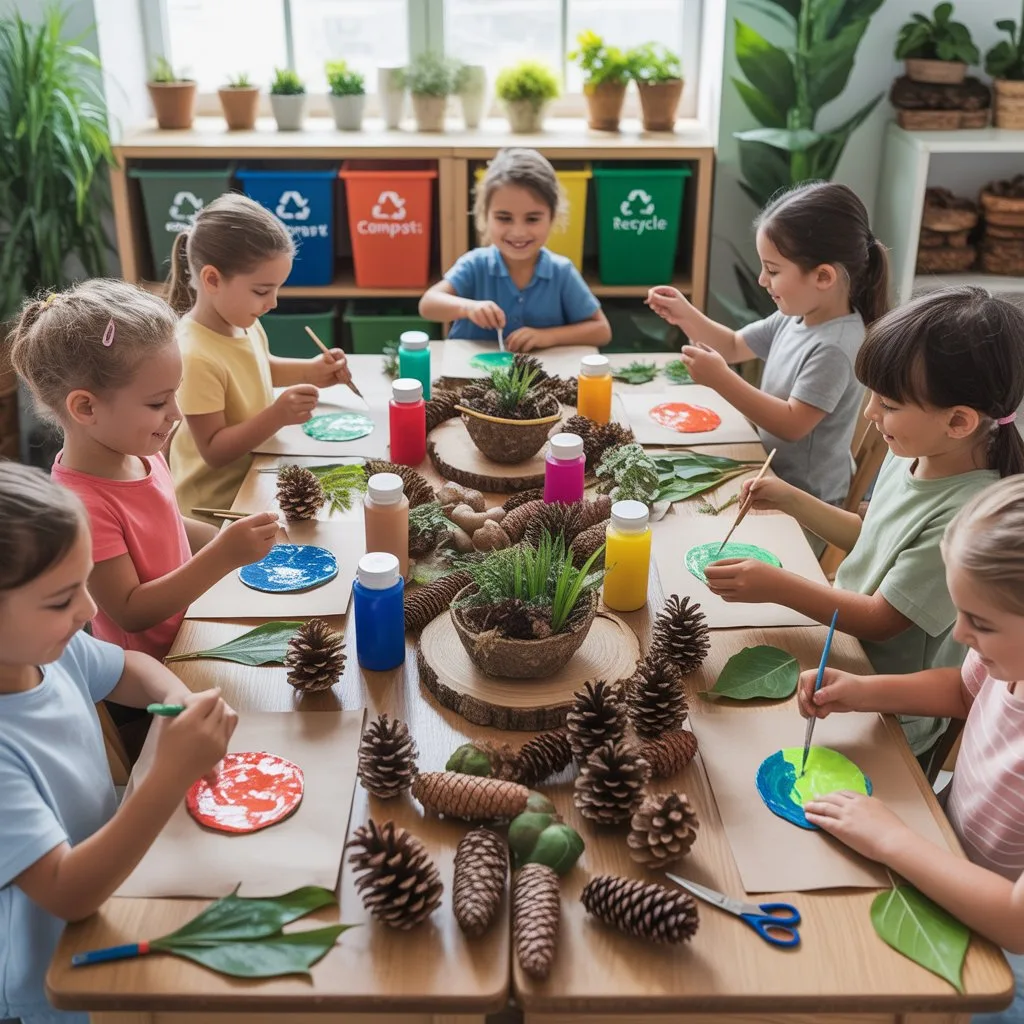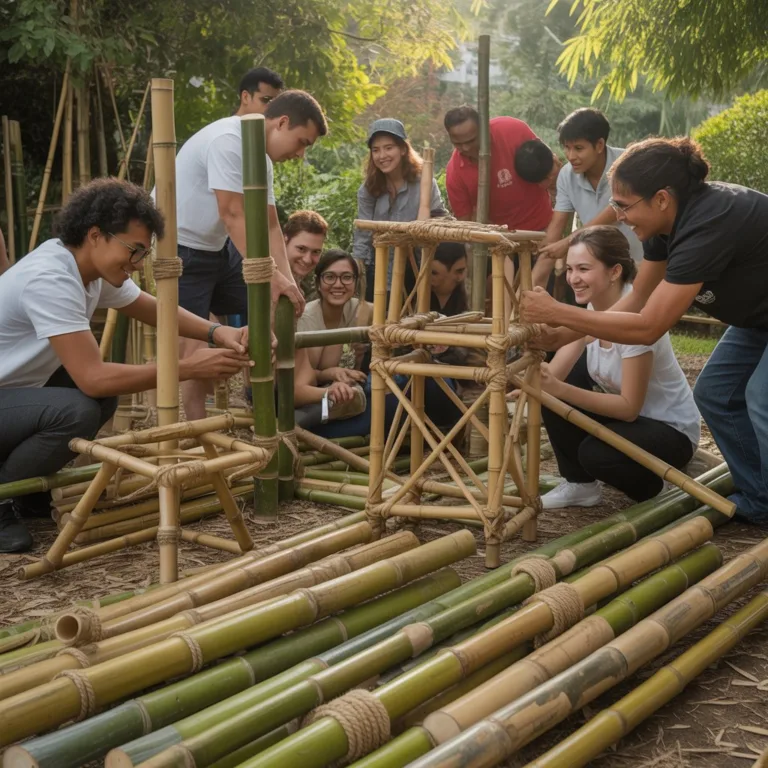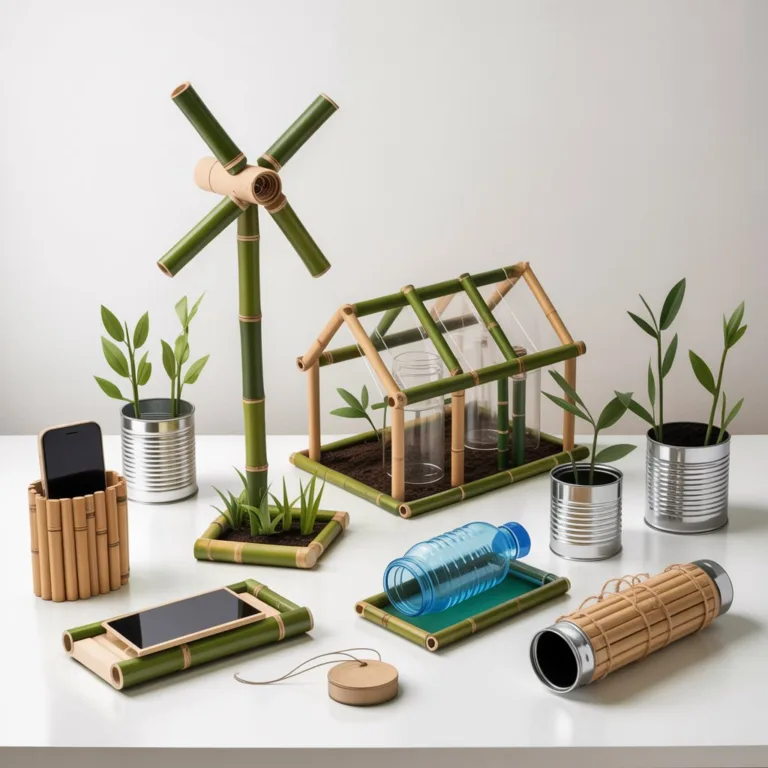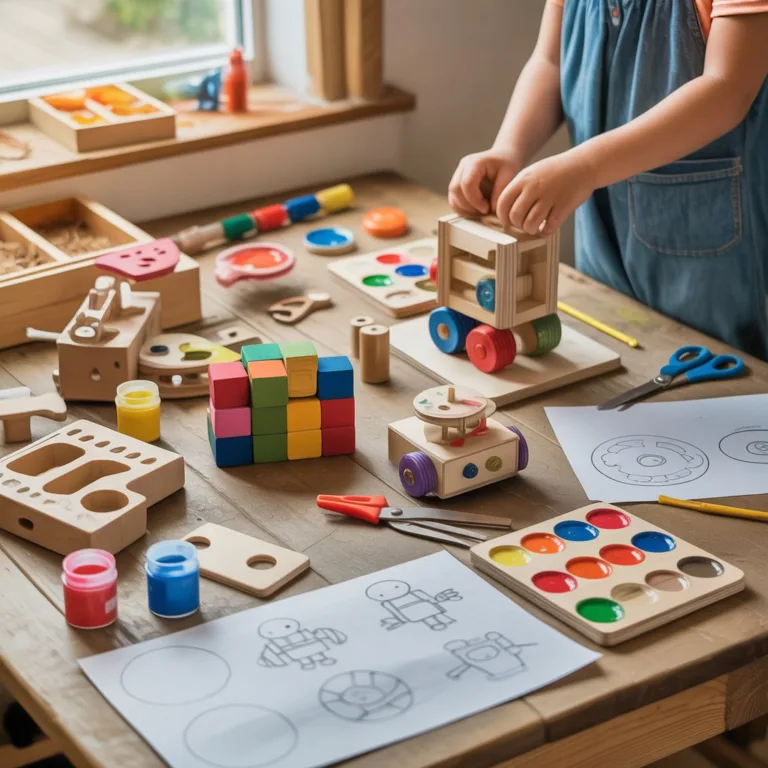Hosting a sustainable craft workshop for kids is a creative way to inspire environmental awareness while encouraging imagination and hands-on learning. By focusing on eco-friendly materials and fun, educational activities, you can nurture young minds to value sustainability and resourcefulness. This kind of workshop doesn’t just entertain — it teaches children the importance of caring for the planet through play and creativity.

Planning a Purposeful Workshop
Before gathering supplies, think about the purpose of your sustainable craft workshop. Are you teaching recycling habits, exploring nature-based art, or simply showing how to reuse common items? Having a clear theme helps guide your activity choices. For instance, a “Nature Art Day” could involve leaf prints and twig sculptures, while a “Recycling Challenge” might focus on transforming waste into new treasures.
Keep your goals realistic and age-appropriate. Younger children may enjoy simple, colorful crafts like bottle-cap mosaics, while older kids can handle more structured projects such as creating small cardboard furniture or upcycled pencil holders. Always design projects that balance fun with learning.
Choosing Eco-Friendly Materials
The heart of a sustainable craft workshop lies in the materials you use. Prioritize items that are recycled, reusable, or biodegradable. Gather materials from local recycling centers, thrift stores, or even nature itself. Some excellent eco-friendly craft supplies include:
- Cardboard boxes and paper tubes for building.
- Fabric scraps, buttons, and old clothes for textile art.
- Natural items like leaves, pinecones, or stones for decoration.
- Reusable tools such as wooden paint brushes, non-toxic paints, and washable glue.
Avoid single-use plastics, synthetic glitter, and heavily processed items. Teaching children to work with sustainable materials encourages them to think about the environmental impact of everyday objects.
Setting Up an Inspiring Environment
The workshop space should feel open, inviting, and safe for creativity. Use tables or workstations made from repurposed furniture if possible, and cover them with washable cloths instead of disposable plastic sheets. Good lighting and ventilation are essential, especially when using paints or adhesives.
Include a small “materials corner” where kids can see and choose what they’ll use for their projects. This autonomy boosts creativity and problem-solving skills. You can even label each material with fun facts — for example, “This cardboard was once a cereal box!” — to make sustainability concepts more tangible.
Designing Fun and Educational Activities
Sustainable craft workshops are most impactful when they combine play with purpose. Try structuring the session around a theme or storytelling element. For example:
- “Build Your Dream Eco-Village” — children create miniature houses or gardens using recycled materials.
- “Wildlife Friends” — kids craft animal figures from cardboard and learn about local ecosystems.
- “Trash to Treasure” — participants compete to make the most creative item from a pile of reusable junk.
Each activity should introduce a small lesson about sustainability, such as the importance of recycling, conserving resources, or protecting biodiversity. Keep instructions simple and encourage kids to explore their ideas freely rather than aiming for perfection.
Teaching Sustainability Through Creativity
While crafting, take short breaks to discuss environmental topics in kid-friendly ways. Explain how recycling reduces waste or how reusing materials helps protect forests and oceans. Use real-life examples, like how turning an old jar into a lantern keeps glass out of landfills.
You might also encourage kids to bring materials from home — bottle caps, fabric scraps, or cereal boxes — turning the workshop into a community recycling effort. When children participate in collecting materials, they better understand the value of repurposing.
Encouraging Teamwork and Sharing
Sustainable craft workshops are excellent opportunities for children to collaborate. Create small groups and give each one a theme or shared goal, such as making decorations for a “green classroom.” Group projects build communication and empathy while reinforcing the idea that protecting the planet is a collective effort.
After crafting, host a mini “eco-exhibition” where participants showcase their creations. Let them explain what materials they used and how they gave waste a second life. This not only boosts confidence but also deepens their understanding of sustainability.
Minimizing Waste During and After the Workshop
Even eco-friendly workshops can generate some waste, so plan a responsible cleanup routine. Have separate bins for recyclable, compostable, and reusable materials. Encourage kids to help sort leftover supplies — this turns clean-up into another learning experience.
Store reusable materials in labeled containers for future workshops. You can also donate leftover supplies to schools or community centers. By modeling responsible behavior, you teach children that sustainability extends beyond the craft table.
Wrapping Up with Lasting Impact
To ensure the experience stays with the children, end the workshop with a short reflection circle. Ask what they enjoyed most or what new thing they learned about caring for the planet. You could even hand out small “Eco Artist” certificates made from recycled paper as a token of participation.
Encourage kids to continue crafting at home with their families. Provide them with a simple handout listing sustainable materials and project ideas they can try independently. This turns your one-time workshop into an ongoing inspiration for eco-friendly creativity.
Hosting a sustainable craft workshop for kids is about much more than making art — it’s about nurturing values that last a lifetime. Through imagination, teamwork, and environmental awareness, children learn that creativity can be both fun and responsible. And who knows? The next great environmental innovator might just start with a cardboard robot or a painted pinecone in your workshop.

Elena Mora is a creative educator and eco-craft enthusiast who specializes in bamboo musical instruments and sustainable toys for children. She believes that hands-on learning through play teaches kids about creativity, music, and environmental responsibility.



